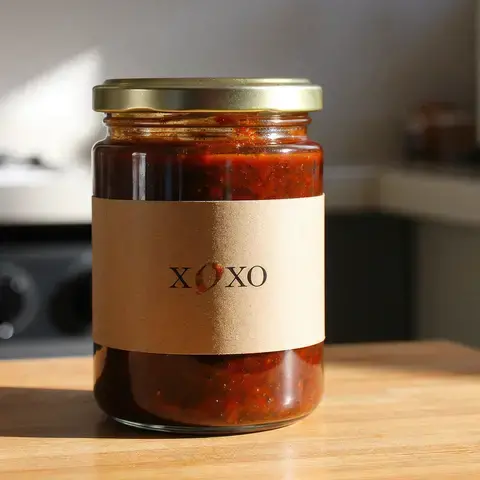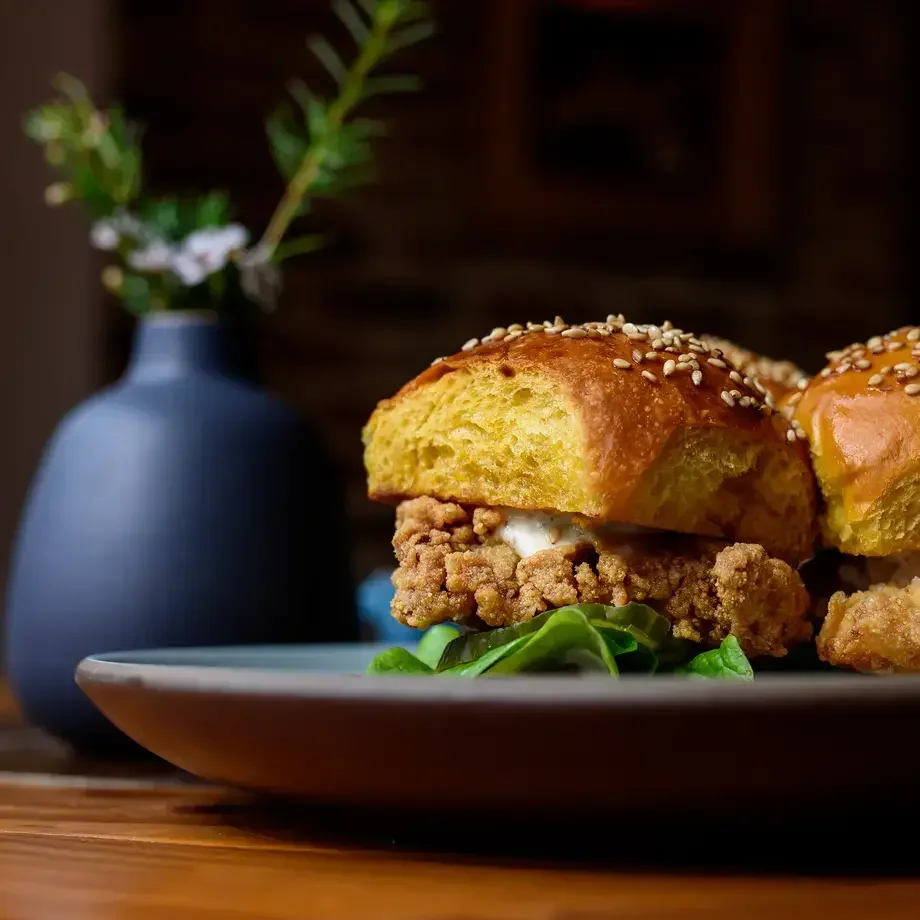Chef Jeff Kim grew up on Long Island and came to cooking as a second career, lured by the “chaos and madness” of food, from the vantage points of bussing tables at Momofuku Ssam bar in the East Village, line cooking at Midtown East’s Atoboy a few steps uptown, and then running Nudibranch as a pop-up back in the East Village.
Nudibranch is now very much a permanent space, influenced by Kim’s Korean background and time served as a stage at El Celler de Can Roca. Moved by a love of Spain from living there even prior to his stage, Kim saw parallels between the country’s tapas and pintxos and Korea’s banchan and anju. “In Korea, every time there’s a drink, we have to eat something to go with it. And in Spain, there are certain tapas that go with beer, others that go with wine. Both cultures are very rice forward and love pork.” Kim’s cuisine, and thus, the menu at Nudibranch, melds the similarities of Spain and Korea’s drinking and snacking cultures. “We are Korean Spanish and spirit, and New York at heart,” Kim declares.
Enter the jangajji, Korean soy-pickled ramps. “We throw these soy-pickled ramps in everything. We make an aioli with them. A beef tartare with potato crisps, pine nuts and Asian pear, gets these soy-pickled ramps, chopped up first. We use the same method for marinating crabs, and eggs.” The method lends any ingredient a creamy, velvety, truffled allium flavor.
“My mom has been making them since I was a kid and it’s a very nostalgic flavor for me. I didn’t know what ramps were when I was a kid. It wasn’t until I started cooking that I realized this was a seasonal, rare product that chefs lose their minds over.” Kim gets his ramps from a Korean ajumma who forages in a secret spot in upstate New York, and it’s akin to wild garlic found in Korea. “When Korean immigrants came here, I think they realized it was similar to what they had at home.”















